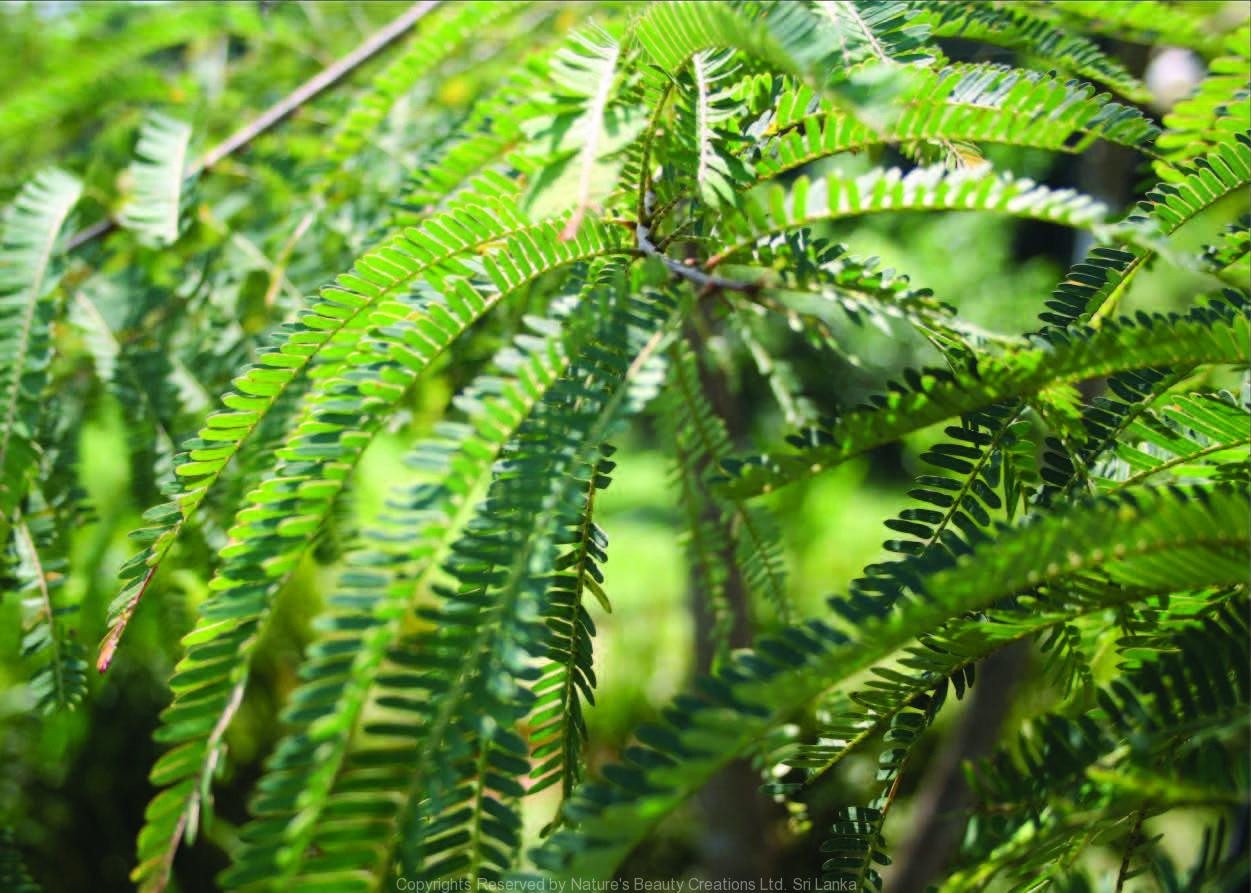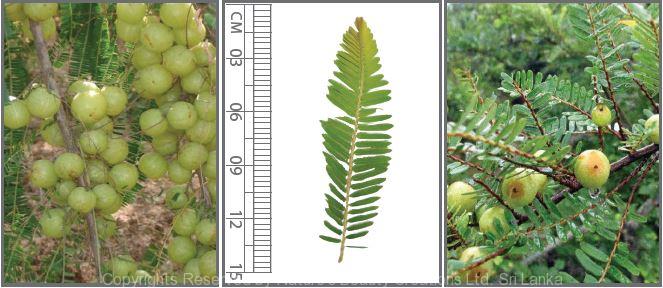

Traditional Knowledge
Useful plant parts :
Bark, root, leaf and fruit
Uses in traditional medicine :
- A table spoon of fresh leaf juice is taken once a day to treat diarrhoea
- Continuous intake of fruits improves immune system
- Bark, roots and fruits possess astringent properties
- Fruit is used to treat haemorrhage, anaemia, colic, acute leprosy, jaundice, cough, hiccough, indigestion, dyspepsia, asthma, boils, inflammation of eyes and urinary diseases
- Fruits are laxative, possess cooling and diuretic properties
Scientific Research
Chemical constituents:
Phenolic constituents: gallotannins of L-malic and mucic acids, ellagitannins: corilagin, putranjvain, elaeocarpusin and chebulagic acid from fruit juice; norsesquiterpene glycosides: phyllaemblicins A–C, phyllaemblic acid from roots
Bioactivity :
Fruit powder: hyaluronidase and gelatinase inhibitor; alcohol and aqueous extracts of leaves and fruits: anti-inflammatory, antipyretic, hepatoprotective; cytoprotective; norsesquiterpenoid glycosides: antiproliferative
Clinical:
Ingredient of a drug used for acute otorhinolaryngologic infections
References : Bandyopadhyaya, S. K. et al., (2000), The role of antioxidant activity of Phyllanthus emblica fruits on prevention from indomethacin induced gastric ulcer, Journal of Ethnopharmacology, 70(2), 171–176. Gulati, R. K. et al., (1995), Hepatoprotective studies on Phyllanthus emblica Linn. and quercetin, Indian Journal of Experimental Biology, 33(4), 261-8. Lakshmipathi, G. and Rao, V., (1962), Clinical effects of a combination of indigenous herbs in otorhinolaryngologic infections, Journal of the Indian Medical Association, 4, 174. Sumantran, V. N. et al., (2008), Chondroprotective Potential of Fruit Extracts of Phyllanthus emblica in Osteoarthritis, Evidence-Based Complementary and Alternative Medicine, 5(3), 329–335. Vormisto, A. I. et al., (1997), Anti-Inflammatory Activity of Extracts from Leaves of Phyllanthus emblica, Planta Med, 63(6), 518-524. Zhang, Y. J. et al., (2000), Novel Norsesquiterpenoids from the Roots of Phyllanthus emblica, Journal of Natural Products, 63(11), 1507–1510. Zhang, Y. J. et al., (2001), New Phenolic Constituents from the Fruit Juice of Phyllanthus emblica, Chemical & Pharmaceutical Bulletin, 49(5), 537-540. Zhang, Y. J., (2004), Antiproliferative Activity of the Main Constituents from Phyllanthus emblica, Biological & Pharmaceutical Bulletin, 27(2), 251.
Copyrights Reserved By
Natures Beauty Creations




